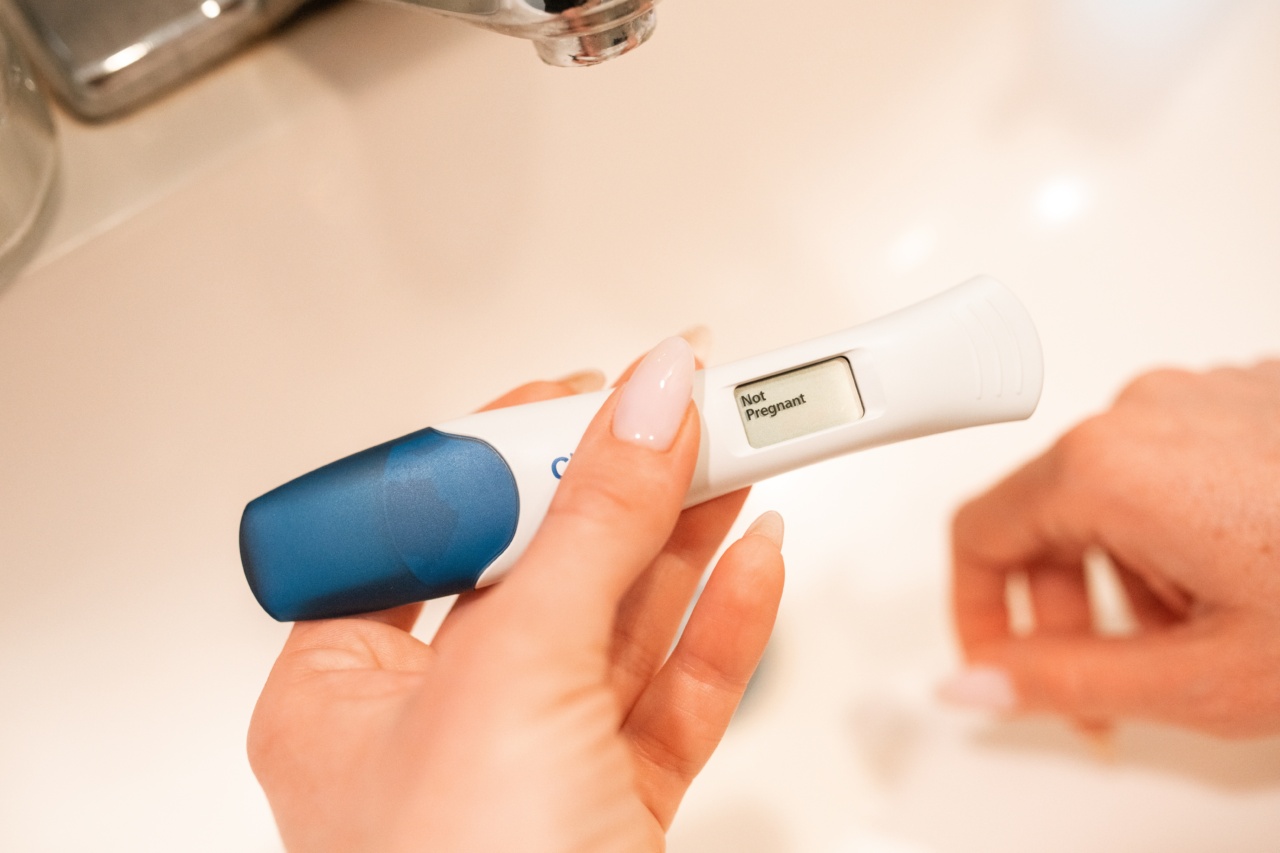High blood pressure, also known as hypertension, is a widespread health condition that affects millions of people around the world.
It is often referred to as the “silent killer” because it usually has no noticeable symptoms but can lead to serious complications such as heart disease, stroke, and kidney problems if left untreated. In order to effectively manage and improve our health, it is crucial to understand and master blood pressure readings.
The Basics of Blood Pressure
Blood pressure is the force exerted by the blood against the walls of the arteries as it is pumped through the body. It is measured in millimeters of mercury (mmHg) and consists of two numbers: systolic pressure over diastolic pressure.
The systolic pressure represents the force when the heart beats and pumps blood, while the diastolic pressure represents the force when the heart is at rest between beats.
Understanding Blood Pressure Readings
Blood pressure readings are commonly expressed as a fraction, with the systolic pressure placed over the diastolic pressure.
For example, a normal blood pressure reading would be written as “120/80 mmHg.” The top number (systolic pressure) should ideally be below 120 mmHg, and the bottom number (diastolic pressure) should ideally be below 80 mmHg for a healthy adult.
The Importance of Regular Blood Pressure Monitoring
Regular monitoring of blood pressure is essential to detect any abnormalities and to effectively manage hypertension.
By knowing our blood pressure readings, we can take appropriate measures to control them and reduce the risk of developing associated complications. Blood pressure can fluctuate throughout the day, so it is recommended to measure it at different times and on different days to get a more accurate picture.
What Causes High Blood Pressure?
There are numerous factors that can contribute to high blood pressure. These include:.
- Unhealthy lifestyle habits, such as poor diet, physical inactivity, and smoking
- Genetic predisposition
- Obesity or being overweight
- Stress
- Chronic conditions like diabetes or kidney disease
- Excessive alcohol consumption
How to Measure Blood Pressure
Blood pressure can be measured using a sphygmomanometer, which consists of an inflatable cuff that is wrapped around the upper arm and a pressure gauge or monitor.
The cuff is inflated to temporarily cut off blood flow, and then slowly released while listening to the sound of blood flowing through the artery with a stethoscope or through an electronic monitor.
Interpreting Blood Pressure Readings
The American Heart Association (AHA) has established the following categories for blood pressure readings:.
- Normal: Below 120/80 mmHg
- Elevated: Systolic between 120-129 mmHg and diastolic less than 80 mmHg
- Hypertension Stage 1: Systolic between 130-139 mmHg or diastolic between 80-89 mmHg
- Hypertension Stage 2: Systolic 140 mmHg or higher or diastolic 90 mmHg or higher
- Hypertensive Crisis: Systolic over 180 mmHg and/or diastolic over 120 mmHg
Tips for Mastering Blood Pressure Readings
1. Invest in a reliable blood pressure monitor for home use: Regular monitoring at home allows you to keep track of your readings and identify any patterns or changes.
Consult with your healthcare provider to ensure you choose an accurate and suitable device.
2. Follow the correct measurement technique: It is important to follow the proper technique for measuring blood pressure to obtain accurate readings.
Make sure the cuff is the correct size for your arm, sit in a comfortable position, and avoid talking or moving during the measurement.
3. Maintain a healthy lifestyle: Adopting a healthy lifestyle can significantly improve your blood pressure readings.
Eat a balanced diet rich in fruits, vegetables, whole grains, and lean proteins, engage in regular physical activity, manage stress levels, and avoid smoking and excessive alcohol consumption.
4. Take prescribed medication as directed: If you have been diagnosed with hypertension, your healthcare provider may prescribe medication to help control your blood pressure.
It is crucial to take the medication as directed and attend regular follow-up appointments with your provider.
When to Seek Medical Attention
In certain situations, it is important to seek immediate medical attention if you experience high blood pressure readings along with the following symptoms:.
- Severe headache
- Shortness of breath
- Chest pain
- Blurred vision
- Difficulty speaking or confusion
These symptoms may indicate a hypertensive crisis or other potential complications, which require prompt medical intervention.
Conclusion
Mastering blood pressure readings is a vital skill for maintaining and improving overall health.
By understanding the basics of blood pressure, regularly monitoring readings, and adopting a healthy lifestyle, we can effectively manage hypertension and reduce the risk of associated complications. Take control of your health by prioritizing regular blood pressure checks and working collaboratively with your healthcare provider to achieve optimal blood pressure levels.






























